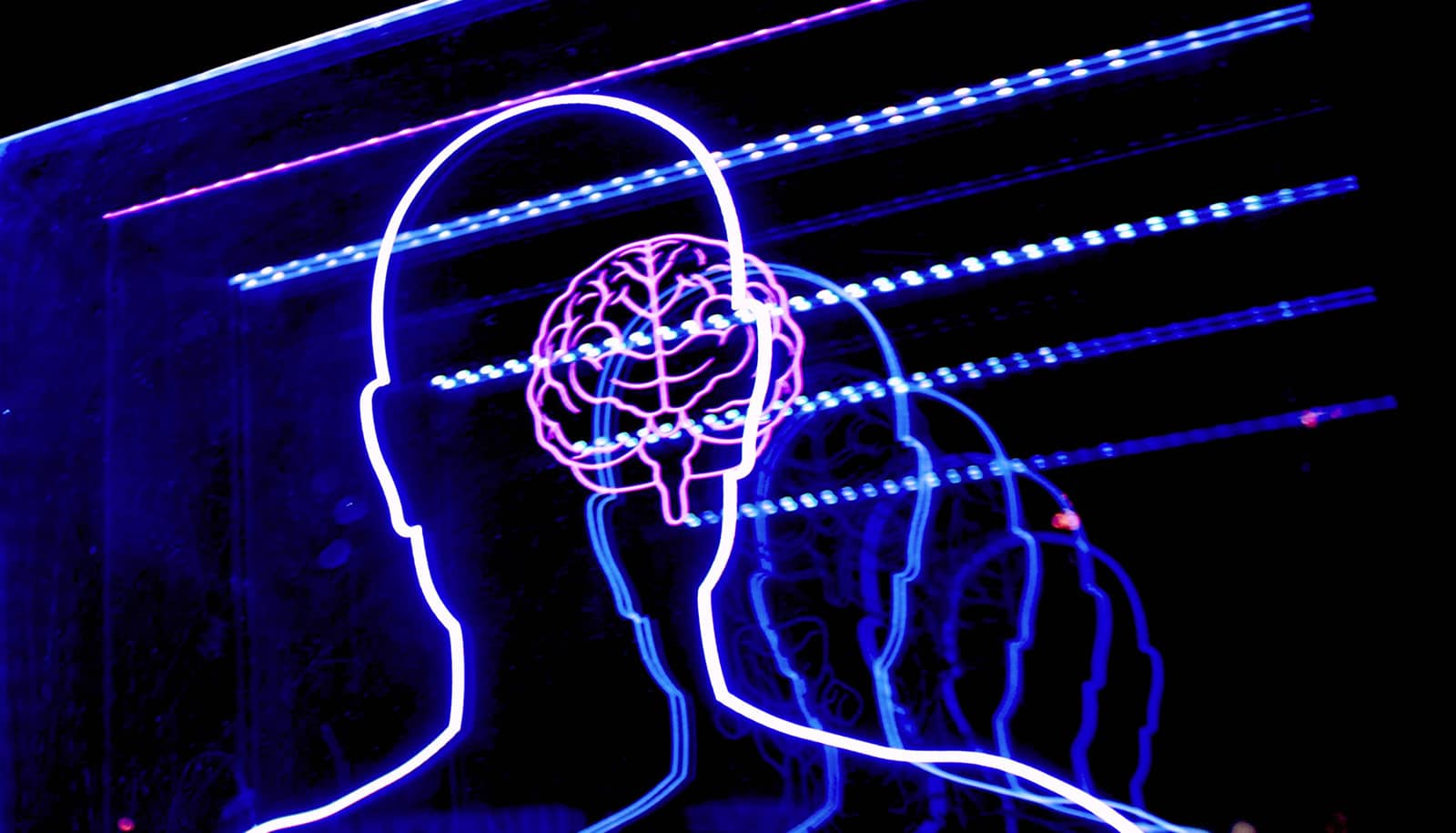
Using low frequencies to determine causal flow could help locate an epilepsy seizurere long before it occurs. "The method can potentially open up a whole new possibility of localizing seizures with a… non-invasive approach," says Mukesh Dhamala. "That's the idea." (Credit: harryalverson/Flickr )
Method helps finds source of epilepsy seizures before they begin
A new approach could locate the source of seizures before they happen, reducing the need for invasive procedures for drug-resistant epilepsy.
A measure of brain activity known as causal flow can help locate the source of epilepsy seizures before they occur, according to a new study.
The finding could reduce the need for invasive procedures in treating drug-resistant forms of the disorder.
According to the World Health Organization, about 50 million people worldwide live with epilepsy . The neurological disorder is marked by recurrent seizures—sudden bouts of abnormal electrical activity in the brain.
“Seizures are often described as electrical storms in the brain,” says coauthor Mukesh Dhamala, an associate professor in Georgia State University’s Neuroscience Institute and physics and astronomy department. “And that can take over normal functioning. Patients can lose consciousness and control of their behaviors for seconds to minutes.”
While some cases of epilepsy can be treated with medication, about 30% are considered drug-resistant . These cases require surgical intervention on the brain area where the seizure starts, known as the seizure focus.
Neurosurgeons look for areas of abnormal activity using intracranial electroencephalogram (iEEG), a procedure in which electrodes are surgically implanted into the brain for the duration of the test. To work, the patient must have a seizure while the iEEG is recording.
This approach to locating the seizure focus is successful only 40 to 60% of the time for multiple reasons. First, the patient must have a seizure while the iEEG is recording. When seizures occur sporadically and without warning, this can be a problem. Second, the iEEG can miss a focus region or detect multiple regions of abnormal activity. In these cases, it can be difficult—if not impossible—to visually interpret the iEEG recordings.
“That’s where we come in—to help neurosurgeons by analyzing recorded data,” Dhamala says.
Rather than looking at the output from each individual electrode, Dhamala and his team have started to combine data from each point to get a broader picture of the brain’s activity. Like using seismographs to determine the location and strength of an earthquake, these data points can be used to determine causal flow, a measurement that quantifies the activity of this broader network.
Previously, Dhamala and his colleagues used high-frequency activity known to be present during seizures to show that causal flow can locate foci. In its recent study, the team was able to do the same using low-frequency activity, which occurs before a seizure starts. Their findings suggest that using low frequencies to determine causal flow could help locate a seizure long before one occurs.
“The method can potentially open up a whole new possibility of localizing seizures with a… non-invasive approach,” Dhamala says. “That’s the idea.”
In the future, neurosurgeons may be able to locate foci without waiting for patients to have more seizures and do so even with less invasive techniques. The team is now conducting research on the use of functional magnetic resonance imaging, which measures low-frequency activity, as an alternative.
Sushma Ghimire, a recent graduate of the Georgia State doctoral program in physics, and Charles Epstein, a neurophysiologist and professor at Emory University are coauthors of the study, published in the Journal of Clinical Neurophysiology .
Source: Georgia State University
The post Method helps finds source of epilepsy seizures before they begin appeared first on Futurity .
Share this article:
This article uses material from the Futurity article, and is licenced under a CC BY-SA 4.0 International License. Images, videos and audio are available under their respective licenses.
Related Articles:
Brain’s THC equivalent can quell seizures but there’s a catch
Aug. 12, 2021 • futurityMachine learning pinpoints where epilepsy seizures begin
Nov. 30, 2022 • futurityLinks/images:
- https://www.futurity.org/epilepsy-brains-neurons-2763792/
- https://www.futurity.org/focal-seizures-brain-pressure-2172552/
- https://www.futurity.org/super-nyquist-density-eeg-1621012-2/
- https://doi.org/10.1097/WNP.0000000000000971
- https://news.gsu.edu/2023/01/19/tracking-seizures-brain-research-aims-to-improve-epilepsy-treatment/
- https://www.futurity.org/epilepsy-seizures-brains-2863112-2/
- https://www.futurity.org


